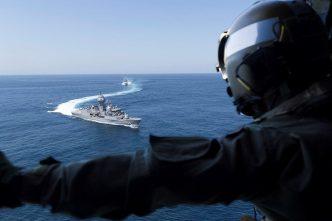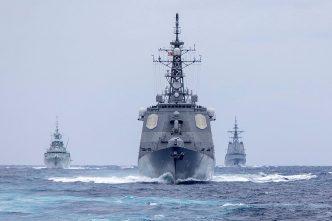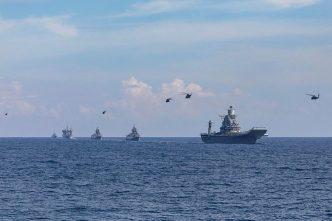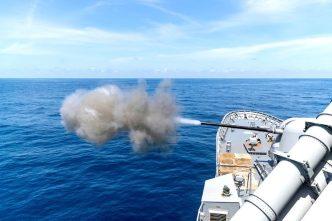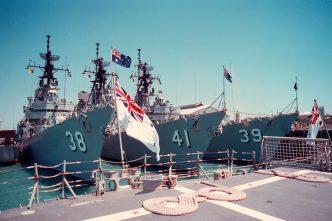Part 1 of this series examined how the RAN could contribute to Australia’s new strategy of deterrence by denial as expressed through the 2023 defence strategic review (DSR). Part 2 analysed the RAN’s primary tasks …
Part 1 of this series examined how the Royal Australian Navy contributes to the new national defence strategy of deterrence by denial. This part analyses the primary tasks the RAN must be capable of. A …
The Royal Australian Navy stands at a watershed. A child of the Royal Navy, the RAN shifted its primary relationship to the US Navy after World War II, buying predominantly American equipment from the 1960s. …
Defence Minister Richard Marles will soon receive a report from Admiral William Hilarides on the future of the Royal Australian Navy’s surface fleet. The additional analysis was initiated by the authors of the defence strategic …
Much has been written on the importance of guided weapons and ensuring conflicts aren’t lost through a shortage of ammunition. Deputy Prime Minister and Defence Minister Richard Marles’s observation about the need for ‘impactful projection’ …
In 2009, Australia’s government decided that it would replace eight Anzac-class frigates with nine ships optimised for antisubmarine warfare (ASW). There was no justification in the Royal Australian Navy capstone doctrine for acquiring and optimising …
From its origins in 1901 until the late 1950s, through its deep association with the Royal Navy, the Royal Australian Navy became unmistakably British in outlook, practices and culture. It was a relationship of great …
